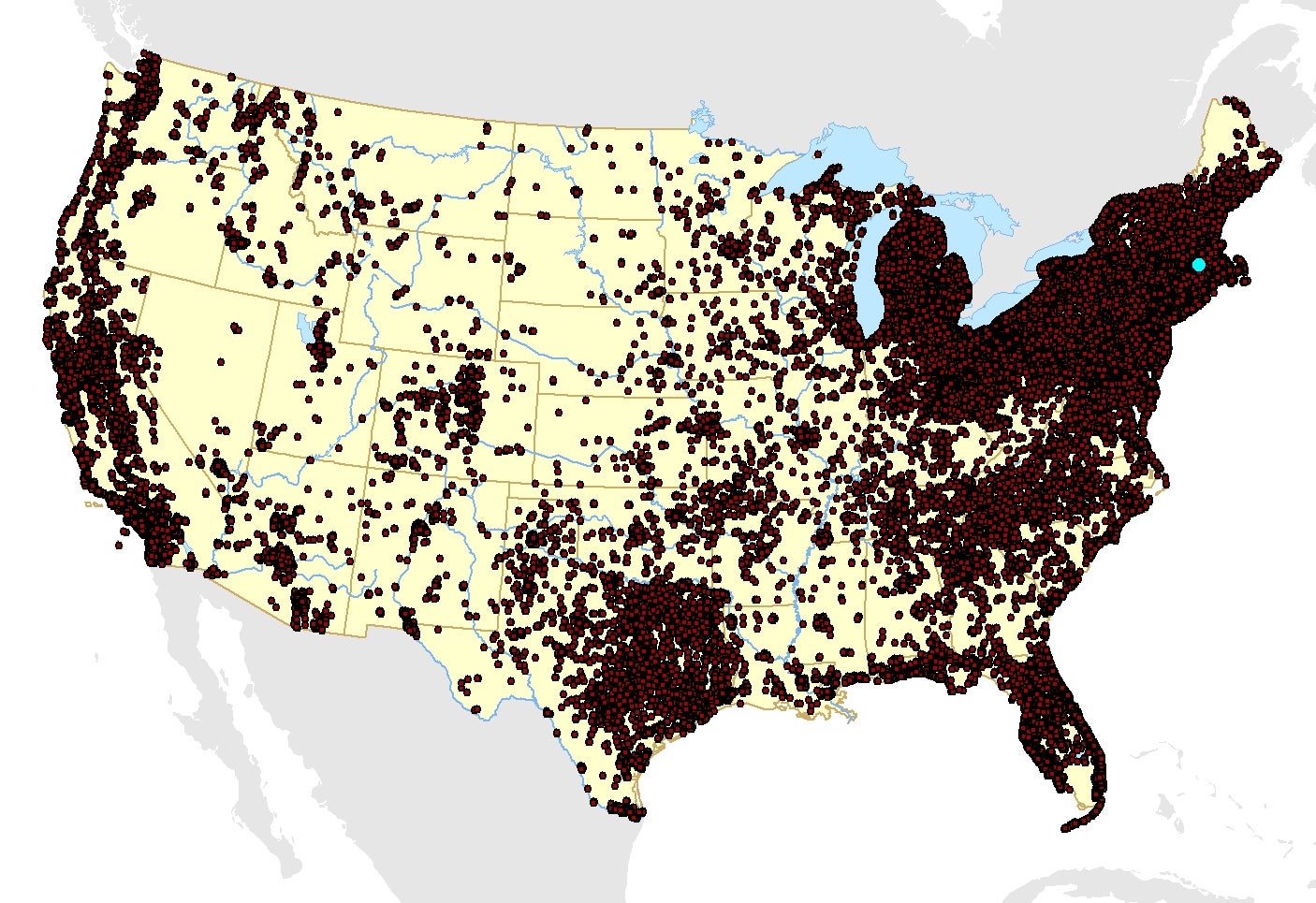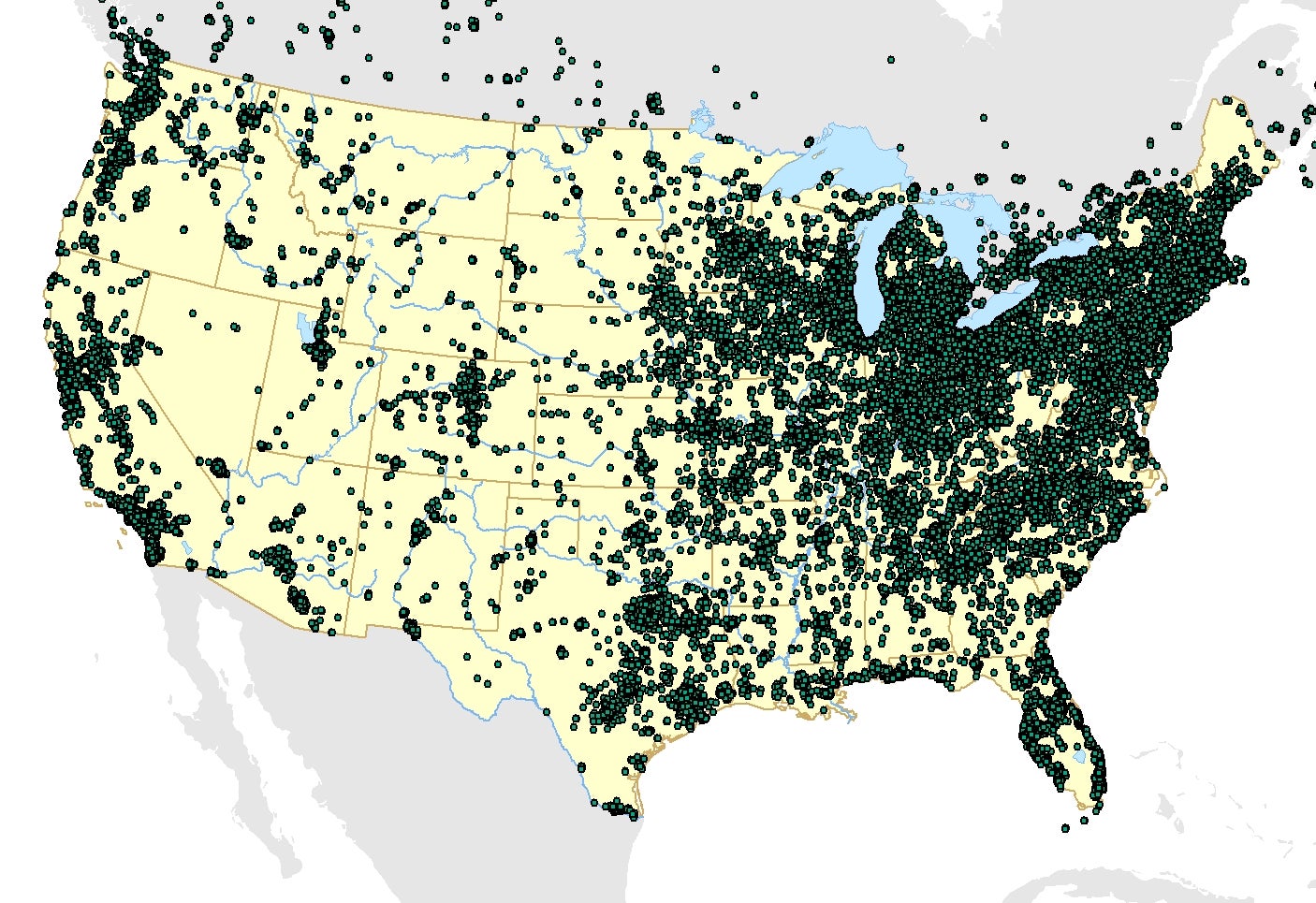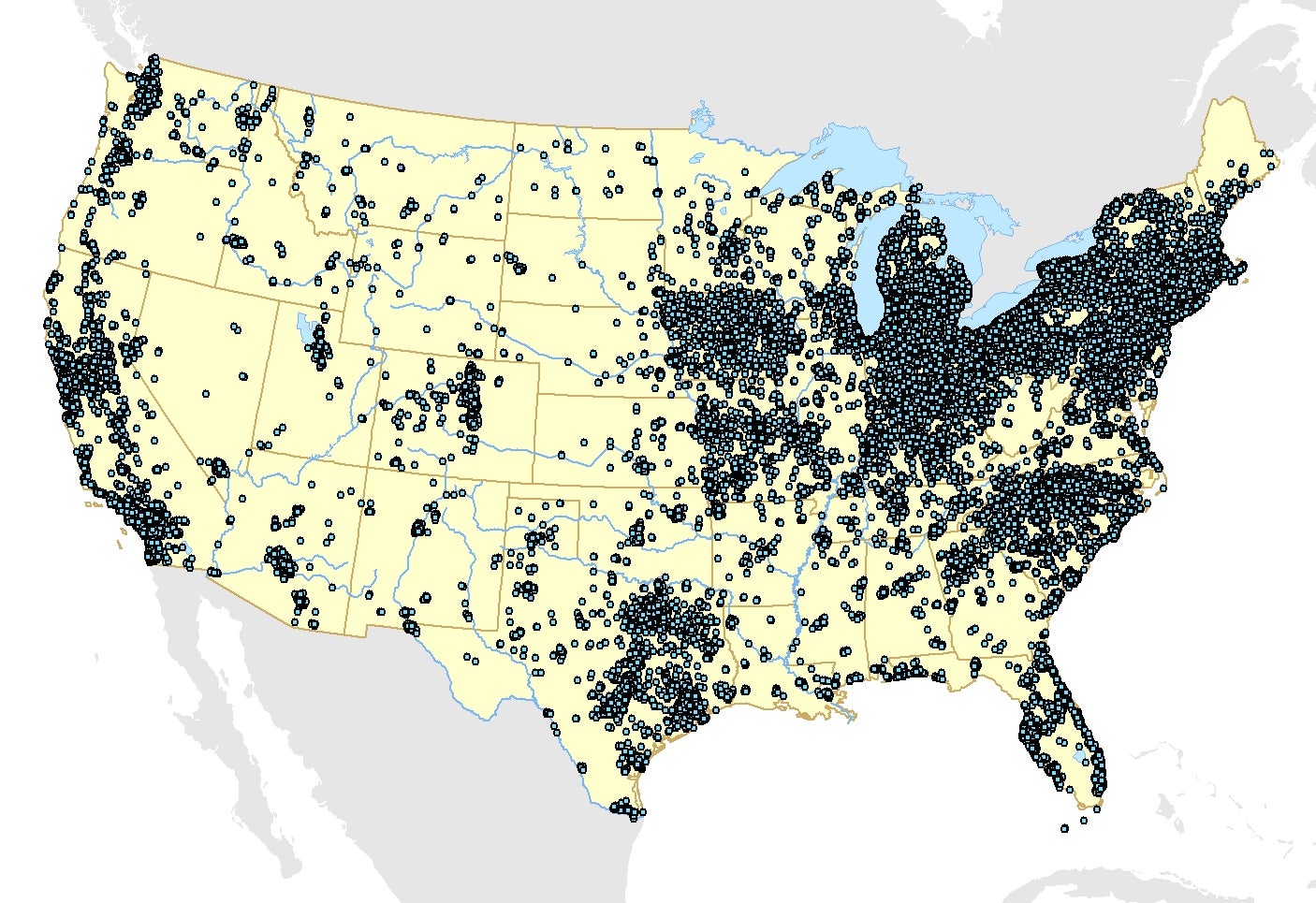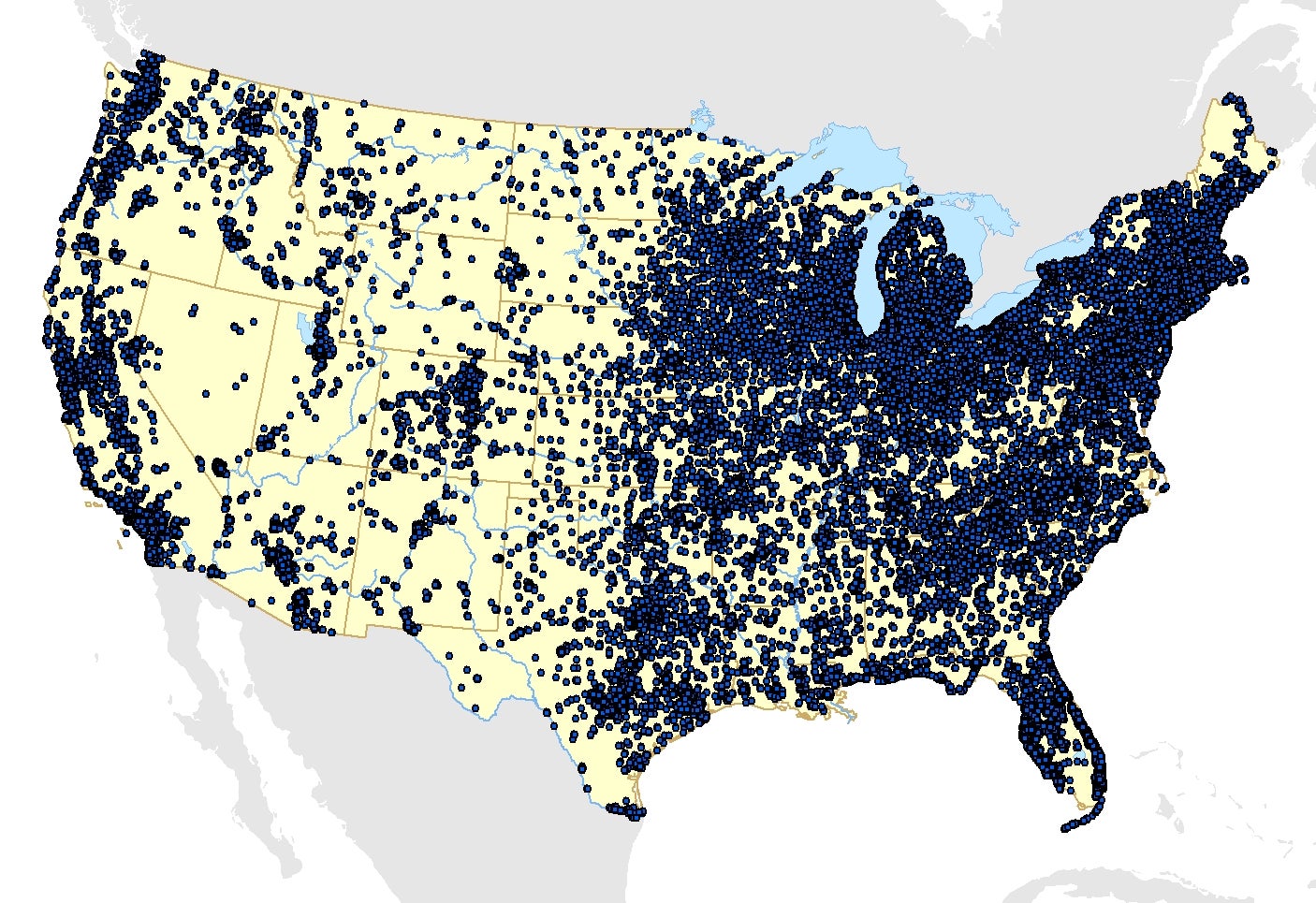Cohorts and Study Populations
In the SpaCE2 Lab, many of our studies are conducted in ongoing prospective cohort studies, such as the Nurses’ Health Studies (NHS, NHSII, NHS3), Health Professionals’ Follow-Up Study (HPFS), and the Growing Up Today Study (GUTS).
We often use five prospective cohorts in our work

Nurses' Health Study (NHS)
Started in 1976, the NHS includes 120,700 female registered nurses aged 30-55 at enrollment who complete questionnaires every two years to report on numerous health outcomes and health behaviors.

Nurses' Health Study II (NHSII)
Started in 1989, the NHSII includes 116,429 female registered nurses aged 25-42 at enrollment who complete questionnaires every two years to report on numerous health outcomes and health behaviors.

Nurses' Health Study 3 (NHS3)
Started in 2010 and still enrolling, the NHS3 includes over 50,000 male and female nursing students and nurses, all born in 1965 or later. They complete questionnaires every 6 months.

Growing Up Today Study (GUTS)
Enrolled in 1996 and 2004, GUTS includes 27,706 children of NHSII participants 9-17 years at enrollment. They have typically completed questionnaires every year or two.

Health Professionals' Follow-Up Study (HPFS)
Started in 1986, HPFS includes 51,529 male health professionals aged 40-75 at enrollment who complete questionnaires every two years to report on numerous health outcomes and health behaviors.
As shown in the map below, participants in these cohorts live throughout the United States, providing information on a wide range of geographic areas.

These rich data sources allow us to examine the impacts of spatial exposures over long periods of time, and to recruit participants into smaller substudies. We use the longitudinal data on addresses in these cohorts to append many data on our exposures of interest for decades.
To learn more about the cohorts we use and how to collaborate: Visit the Cohort Documentation Websites